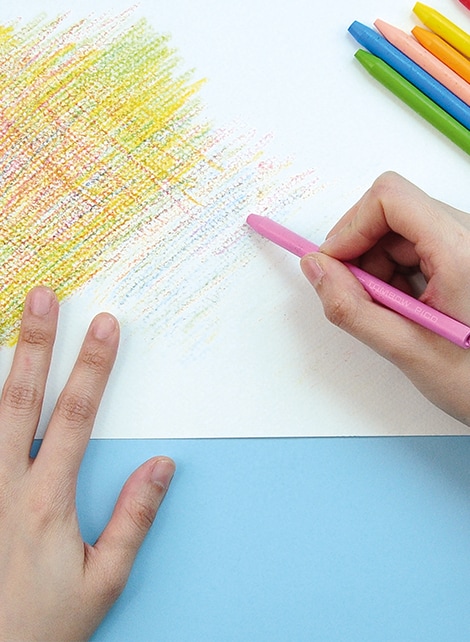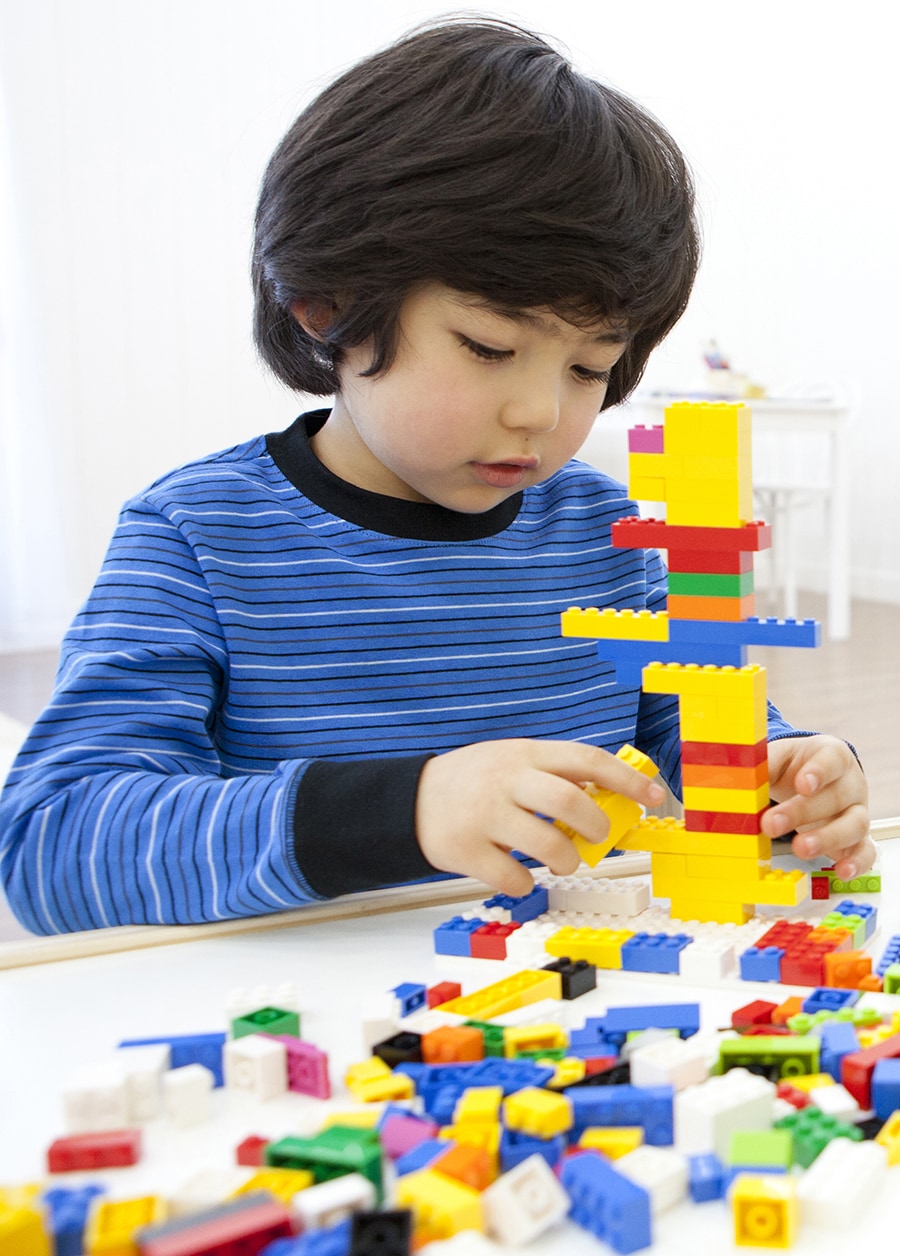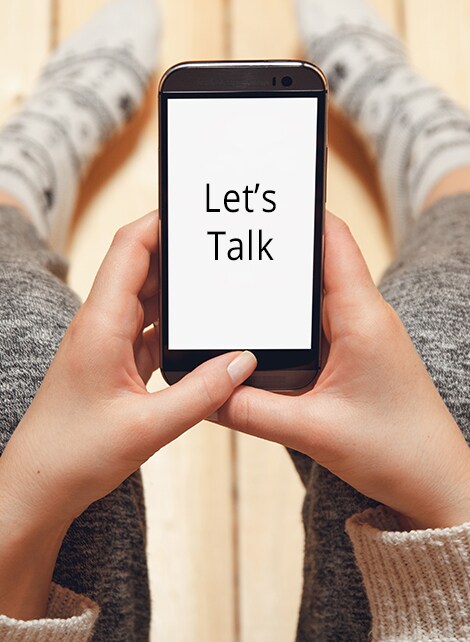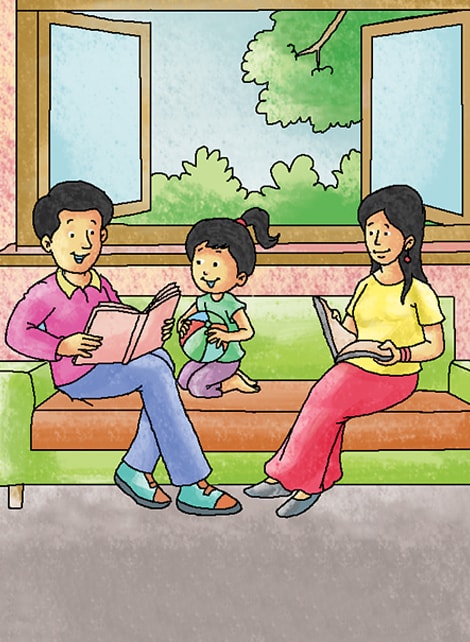Special Awareness Days
January 4th - World Braille Day

Ready to Order?
If you are ready to order, please contact Customer Service:
Telephone: 1 (800) 361-6128 Fax: 1 (800) 563-9196
Introduction
Louis Braille was born on January 4th, 1809. Due to an accident in his younger years, he lost his sight. In spite of this, Louis Braille excelled in school and at the age of 20, he published his first book about a system that used raised dots to represent letters and numbers. His hard work has opened the door for many non-sighted people to be able to read with their fingers for education, work, and pleasure!
Thanks to Mr. Braille, these individuals have access to braille in elevators, on signs, on computer keyboards, at ATMs, and on watches. There are Lego building kits that have instructions in braille and there are also tools to help visually impaired children improve their literacy skills, using wooden alphabet blocks with braille symbols on them that can be used to form words. Even the Rubik’s cube comes in braille!
Activity bursts
Grades K-2 - Language, The Senses
Find pictures or samples of several different tactile objects. (e.g., sandpaper, a bar of soap, gummy bears, felt, piece of plush fabric). Ask students to imagine what these various objects would feel like. What words would they use to describe how each object feels? Record students’ answers on a board or chart.
After sharing, ask the following questions:
- What sense would you use if you could actually handle these objects?
- What are the body’s other senses?
- How do our senses help us every day?
Explain that some people do not have all of these senses to rely on every day, so they need some help to understand and interpret the world around them.
Explain that people who cannot see at all (or have difficulty seeing objects) sometimes use braille to read, perform mathematical calculations, and express themselves. Search online for an image of the braille alphabet and have students try working with it. Ask students to print their own name the way they always do. Then ask them to draw dots to represent their name in braille.
Close by reminding them that braille is a wonderful way for some children to communicate. Try using the braille chart to print their last name!
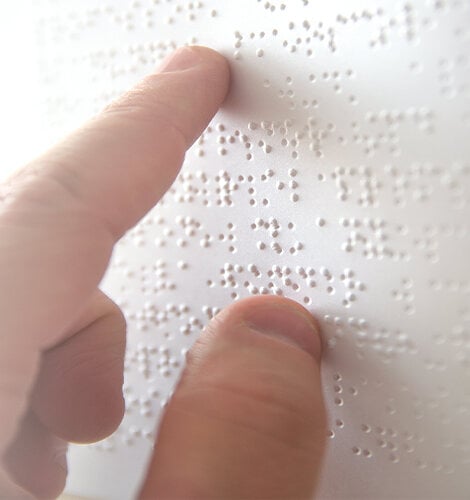
Explain that some people do not have all of these senses to rely on every day, so they need some help to understand and interpret the world around them.
Explain that people who cannot see at all (or have difficulty seeing objects) sometimes use braille to read, perform mathematical calculations, and express themselves. Distribute copies of the braille alphabet that are available here.
Ask students to print their own name the way they always do. Then ask them to draw dots to represent their name in braille.
Close by reminding them that braille is a wonderful way for some children to communicate. Try using the braille chart to print their last name!
Grades 3-5 - Language
Before sharing the brief history of braille above, ask students if they can tell you how people with sight challenges communicate. Print the word braille on the board and share the history.
Explain that everyone has the right to be able to communicate their thoughts, feelings, and opinions. Share that braille gives people with compromised sight the opportunity to share with others.
Search online for an image of the braille alphabet and have students try working with it.
Ask students to prepare a short message using dots. Share messages and have classmates reply in braille as well.
Discuss by asking:
- Did you enjoy this activity? Explain.
- Why do you think the braille system is important?
- If you had a friend who had compromised sight, would you learn braille? Why or why not?
Grades 6-8 - Technology, Language, Math
Ask students what they can tell you about braille. Do a quick online search of Louis Braille and Helen Keller. What did they learn about these two individuals?
Provide students with a braille Number Chart (such as this one, available online).
Depending on the mathematical abilities of your students, consider providing them with a series of problems and ask them to solve and show the answer in braille (partners might work best here).
Following the exercise, discuss:
- Did you find this activity easy or difficult? Why?
- Why do you think the braille system is important?
- How might sighted people benefit from learning braille?
- Would you consider learning braille if you had a friend or family member who had compromised sight? Discuss.
Alternate Activity for Grades 6-8
Humanitarianism, Creative Thinking
Share the information in the introduction to World Braille Day. Brainstorm additional places where braille would help people who have compromised sight. Ask the students to think about things they do every day that would be more difficult for a blind or partially-sighted person.
Share the results and consider sending the suggestions to the CNIB Canada at: https://cnib.ca/
